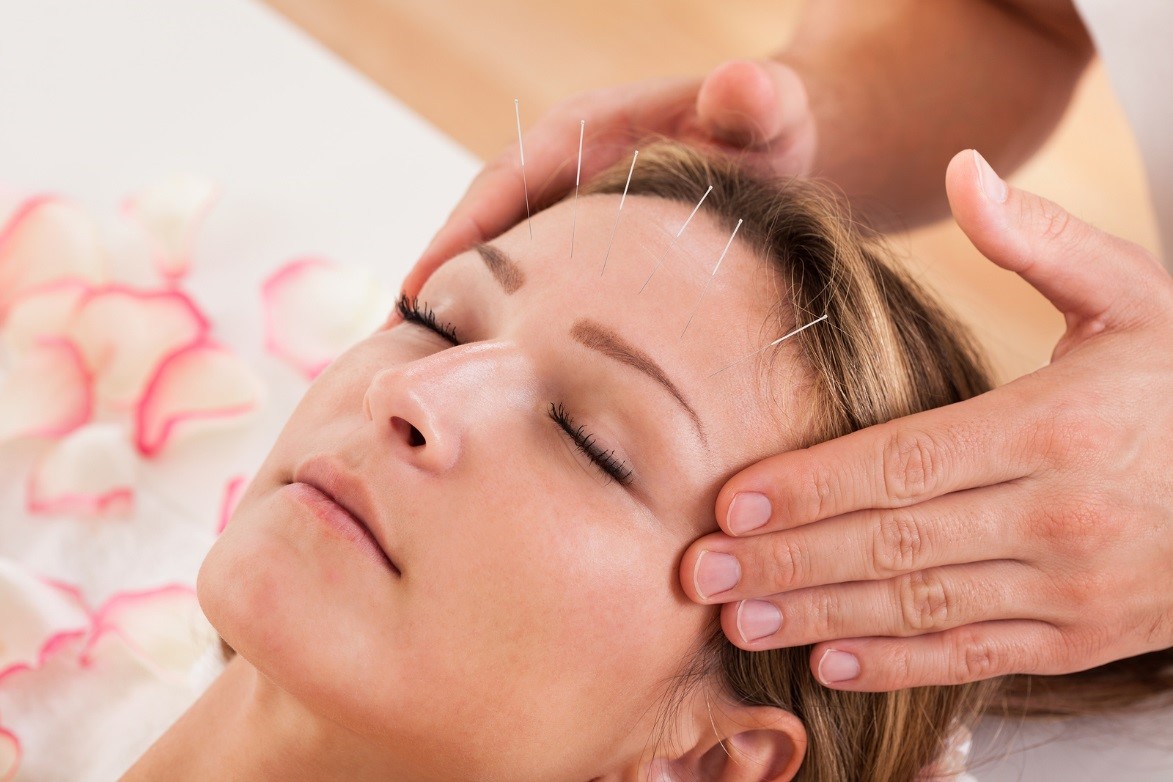The Different Approaches of Acupuncture and How They Resolve Illnesses

Acupuncture is a treatment based on the belief that a type of energy, known as the qi, runs through energy pathways, referred to as meridians, which correspond to particular organs or group of organs in the body. Acupuncturists, such as those at Sage Health and Wellness Clinic Inc. in Toronto, believe that an imbalance of qi in these meridians causes illnesses or health conditions.
To restore balance to the qi, acupuncturists insert needles at specific points along the meridians, which are called the acupuncture points. The needles used are exceptionally fine and the process of inserting them is almost painless. Acupuncture needles are very different from hypodermic needles and the majority of people who are frightened of hypodermic needles find that they can tolerate acupuncture needles.
What are the different approaches to acupuncture?
Approaches to acupuncture are many and varied, but the most common in Toronto is the traditional Chinese medicine (TCM)-based acupuncture. This approach bases a diagnosis on eight principles of complementary opposites – yin/yang, hot/cold, internal/external and excess/deficiency. Other popular approaches include the French energetic acupuncture, which focuses on the patterns of complementary pairs of meridians, and the Korean hand acupuncture, which centres on the hands and feet, based on the principle that they are rich in qi and that applying acupuncture needles to them will improve the health of the body as a whole.
How does acupuncture work?
Research suggests that acupuncture may produce a range of effects in the body. One theory is that acupuncture needles stimulate the nerve fibres that activate the brain and spinal cord. Once activated, the brain and spinal cord trigger the release of hormones responsible for alleviating pain. Acupuncture may also improve overall health by increasing blood flow, raising body temperature, reducing the level of fat circulating in the blood, regulating blood sugar levels and affecting the activity of the cells involved in defending the body against infectious diseases and foreign materials.
How can an acupuncturist maximise the effects of acupuncture?
To maximise the effects of acupuncture, an acupuncturist may use a technique known as moxibustion. This involves lighting a dried herb called mugwort and holding it above the acupuncture needles. The burning herb does not touch the body, but it does give off a pleasant fragrance. Alternatively, an acupuncturist may use electrical acupuncture. This involves hooking wires up to the acupuncture needles and running a weak electrical current through them.
Sources:
(Acupuncture, umm.edu)
